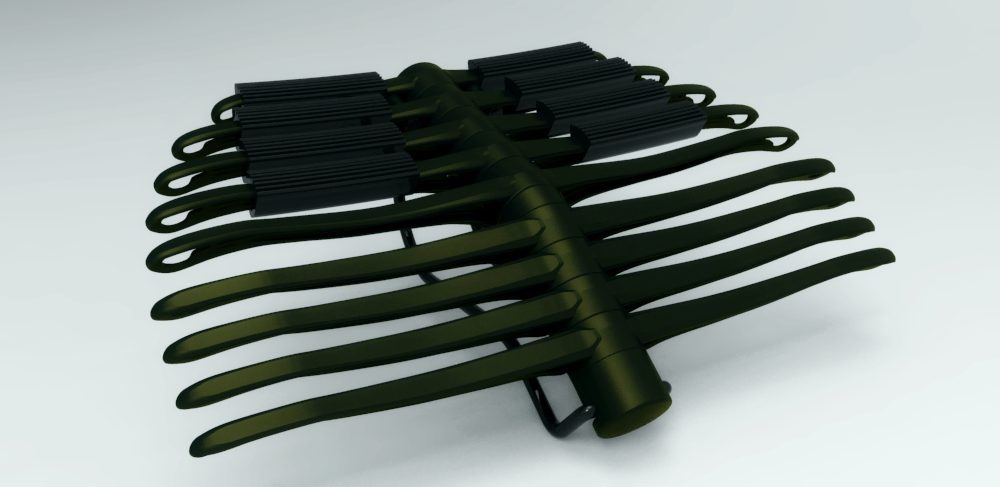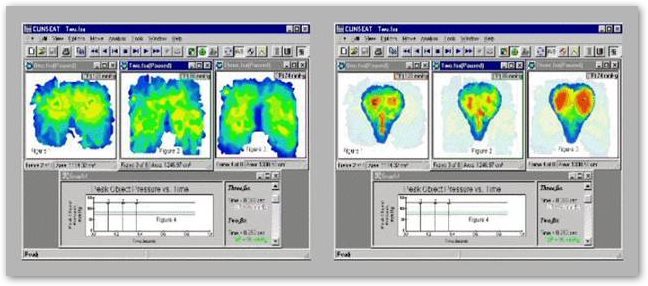Saddle blood flow, and pressure distribution analysis
From the start of the project one key benchmark was to satisfy medical, healthcare and human-motion professionals that the saddle would eliminate or at least greatly reduce well known problems with conventional nosed saddles. These are the restrictions to blood flow in the groin area, also imposing severe pressure (multiples of body weight on impact) on soft tissues which are not evolved to bear pressure.
We’re very grateful for the number of specialists. Urologists, motion analysts, therapists and trainers, who provided advice and encouragement throughout development. The Manta saddle is a better product for their expertise.
We always welcome active collaboration with researchers. We were given reason to believe the Manta saddle has therapeutic potential, from informal tests at Dundee hospital (post-operation patients, during IMAR research), and rider’s reports.
Two significant medical development milestones were:
“With regard to the Manta bicycle saddle design…”
Dr Laurence Berman [retired]
Department of Radiology, University of Cambridge, Level 5, Box 219,
Addenbrooke’s Hospital, Hills Road, Cambridge CB2 2QQ, UK
‘…blood flow and other vessel pressure effects do not need to be measured as this design does not make contact with the areas I would be involved in testing. Furthermore, this means that it is not possible to test in the same way as classic saddle designs, as ultrasound analysis techniques require physical contact in these areas.
It is obvious from inspecting this design that there is no contact in the areas that are proven to be problematical with conventional designs. I would suggest that the blood flow analysis for a cyclist using this saddle would probably approximate to that of a person exercising other than on a bicycle; that is, a general increase in blood flow as opposed to the pudendal artery specific restriction found in riders using conventional saddles.
This means that – with this particular design – long-term damage caused by lack of blood flow – and hence oxygen to the tissues – otherwise supplied by the pudendal arteries, is unlikely to happen nor will the more abrupt potential damage from compression/crushing of the arteries be expected.’
(Pressure distribution of a prototype (left) and a conventional padded saddle. Red indicates peak pressure)
The Institute of Motion Analysis and Research (IMAR), Dundee University, are continuing research into our designs to produce blood flow analysis to provide a precise reading of the blood flow levels a rider will experience in the groin area with a wide range of saddles and including our MS9 design, this requires specialist equipment and skills,* the MS9 had the best performance.
Research now completed by Nicholas Cotton, supervised by Prof Rami Abboud, to be published under the title “Cycling & impotency: the way forward!“
IMAR researcher Nicholas Cotton, supervised by Professor Rami Abboud, analysed the blood flow levels a rider would experience in the groin area while riding each saddle. This extract from the research findings, to be published as Cycling and impotency: the way forward, notes that:
IMAR used specialist equipment to test the saddles because, unlike conventional saddle designs, no part of the Manta saddle pressed against the pudendal area at all, giving nothing on which to mount the sensor normally used with saddles.


